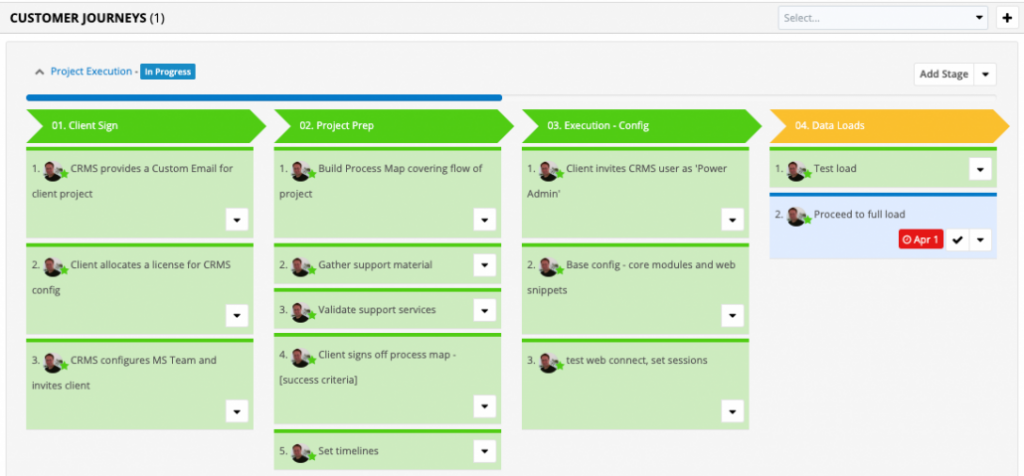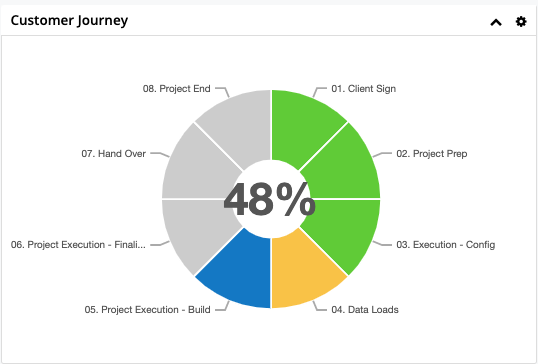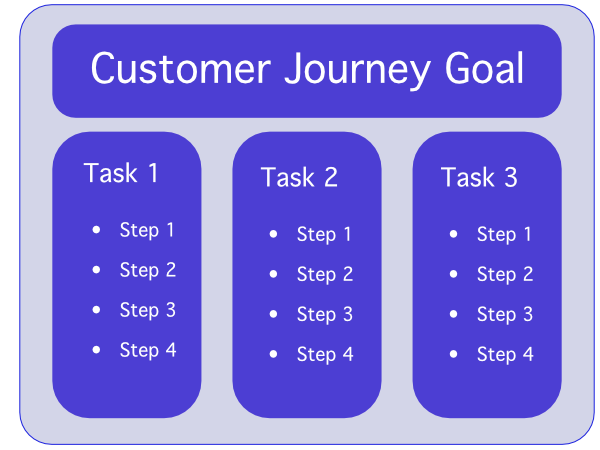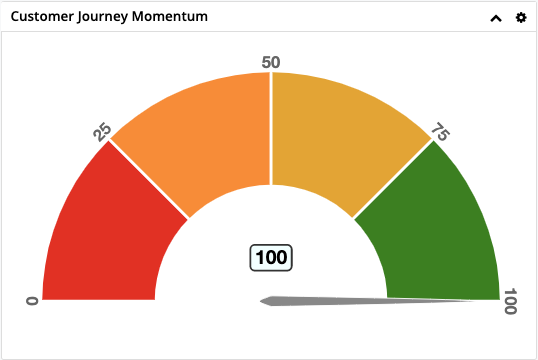Why you should map out a customer journey?
As we move further toward models of business interaction that are less about face to face and more about remote interaction, understanding the customer journey and how clients and prospects are making their decisions will be the difference between a business that thrives as opposed to one that merely survives, or worse.
Clients are making decisions from a different head-space, so it’s time to re-examine the customer’s decision making journey and identify gaps in how we serve them.

A world in transition.
Trading in troubled times has brought out the need for defining processes and customer journeys to deliver real value. This is more important now than ever before.
The role of the website has moved from being a simple placeholder to being a strategic platform for business. Critically, it along with outbound email campaigns and social media form a platform where business communicates and touches existing and new audiences. Communicating with clients on the platform they prefer is especially relevant in today’s environment, where the boundaries between work and home are progressively blurred.
The move to increased purchasing over the web has exploded during the lockdown. While retailers like Myers have closed their physical doors, they have also reshaped their customer service model as web buying has shot through the roof.
Meeting formats will change as the population becomes more used to video or phone conferences, reducing the desire or need to travel. More and more businesses will examine how they use the office and change to a flexible working environment as the reality of working home works gains traction.
Customer engagement is changing.
There is a drive to execute as business pivots to real-time information and hyper-flexibility. For example, you can buy milk from MacDonald’s drive through. Pubs are selling groceries to keep going and remain relevant. Restaurants are offering take away, but also providing cooking lessons and raw materials.

So what does this mean?
You need to examine the end-to-end flow of how the customer interacts with your company. We know that our clients self-educate so by the time they are engaging with your business they have a level of knowledge and understanding of your product or service.
But the question is: Is the knowledge good and the understanding correct? Where did they get that information?
Depending on the purchase, your value is now defined by keeping the client safe so what they click and buy is right for them. To improve the customer experience, your value needs to be more clearly communicated. What is your process to do this?
You need to understand the interaction with your brand. You need to understand and map out the pain points of your customers so you can anticipate and deal with them. By looking at historical customer feedback you can focus on improving the experiences of not just clients, but everyone you encounter.
It’s hard to navigate without a map.
A customer journey map is your holistic guide to interacting with your clients to achieve a goal.
- Do you want more lead conversions?
- Increase customer satisfaction?
- Boost sales?
- Gain a holistic client view?
Working from a customer journey map, you and your staff stay in control and accountable. Journey maps are tools that take guesswork out of important stages in the interaction with customers and not only increase customer satisfaction but improve conversion rates for new prospects.
They increase transparency and improve business efficiency. When everybody in your organisation knows what the plan is, everyone can stick to it.
A good map not only lists out all the critical points of interaction but should also be flexible enough to be tuned to the specific needs of individual clients.
So what does a customer journey map look like?
A typical layout has a header with the Journey goal. Under that we usually find key tasks, and the steps needed to complete those tasks.

What should you expect from a modern Customer Journey tool?
Modern customer journey tools integrate with your CRM and have developed a high level of functionality. Here are some of the things you should expect:
Tasks can link to to-do lists that appear on your daily dashboard.
If task types are calls or meetings, the tool should automatically create calendar entries and even dial the client for you if you choose.
The journey map should be be colour coded to give you a glimpse of how you’re progressing along the journey.
You should expect that the journey tool comes with real-time reports to give you quick overviews of your overall progress along any given plan.
The best tools also allow you to easily add stages or notes on the fly, giving you the ability to customise the journey to the individual client.
It should be easy to use and self-explanatory.
It should be data driven, and able to update other parts of your customer experience toolset.

Mapping the future…
We had the GFC and business learned to do the same with less staff because it had to. After the GFC, did we all just retire? No. We had learned to be more effective.
This will happen after this period. We will learn and change.
If we can assist you with planning and reviewing your customer journeys, we are happy to help. These are troubled times so working together, we all survive and grow. Talk to us about how to implement a customer journey in SugarCRM or Zoho One.
While we don’t know what the landscape will be after this, we do know that it will need to be mapped.
